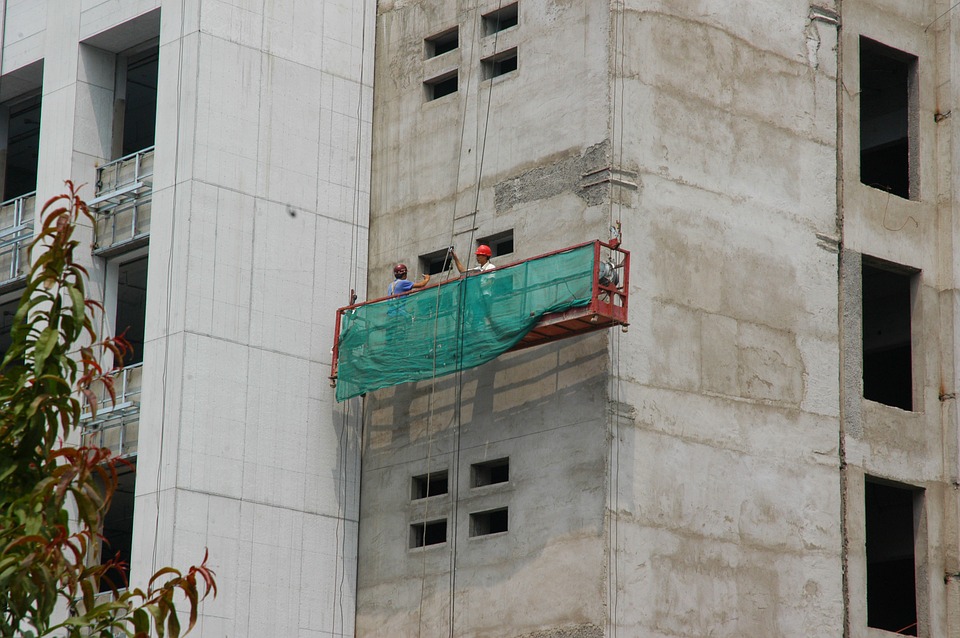Every construction project is impacted by temperature and weather. Seasonal changes pose new challenges, which in turn demand alterations in strategy and some out-of-the-box thinking. The rain season is especially tough but not impossible to deal with.
Concrete is what you need to worry about during times of rain. When slabs are in between initial and final setting times, rain can lead to patch marks. When there’s a heavy downpour, the uppermost layer can be disturbed, altering the integrity of the concrete.

Even though this is a challenge for the engineering companies in Mackay you hire to carry out your projects, it’s good to be aware of the strategies for concreting in the rain. Here are the things you need to keep in mind:
The Amount of Water to be added into the Mix
During rainy season, there’s going to be a significant increase in humidity. Furthermore, the sand and aggregate could be wet when you get ready to mix. In that case, you may want to limit the amount of water you directly add to the mixture, essentially adjusting the ratio.
Use of Admixtures
Crystalline admixtures prevent water from penetrating into the concrete through cracks. The admixture will react with both the water and cement to form crystals of calcium silicate. The thing about calcium silicate is that its hydrophilic (adhesive to water). Hence it will trap all the water at the surface and prevent any from going through to the slab. Admixtures last the entire lifetime of concrete.
Waiting for the Opportune Moment to Pour
Even during the rainy season, there’s going to be some relatively dry days. Hence it’s highly recommended that you pour during one of those. It’s recommended that you wait until there’s 12 continuous hours without rain to get started.
Delivering Concrete to the Site
Proper planning is needed to avoid traffic congestions whilst transporting concrete mixes in the rain. This is because most RMC trucks have open tops, allowing rain to come in contact with the mix. The surplus of water can essentially ruin the integrity of the slab.
Placing Covers over the Concrete
It’s best to keep rainproof covers available at the site, so that you can place them over concrete mixes whenever it seems about to rain. In addition to the mix, you should think about covering the sand and aggregate as well, so that later you don’t have to change the amount of water you add to the mix.

Inspect the Concrete Afterwards
You should always make a habit out of assessing the damage that a downpour causes. Take a through scan of the slabs and check for patches. You may also want to administer a simple scratch test. Make sure to use a control as well. If you’re really concerned about damage, you could send a few samples of concrete to a lab.
And that’s six things to remember when working with concrete in the rain. When you’re aware of these things, you’ll be able to keep the construction company you hire on their toes and make sure they’re taking the necessary countermeasures during the rainy season.





